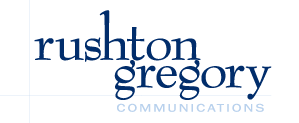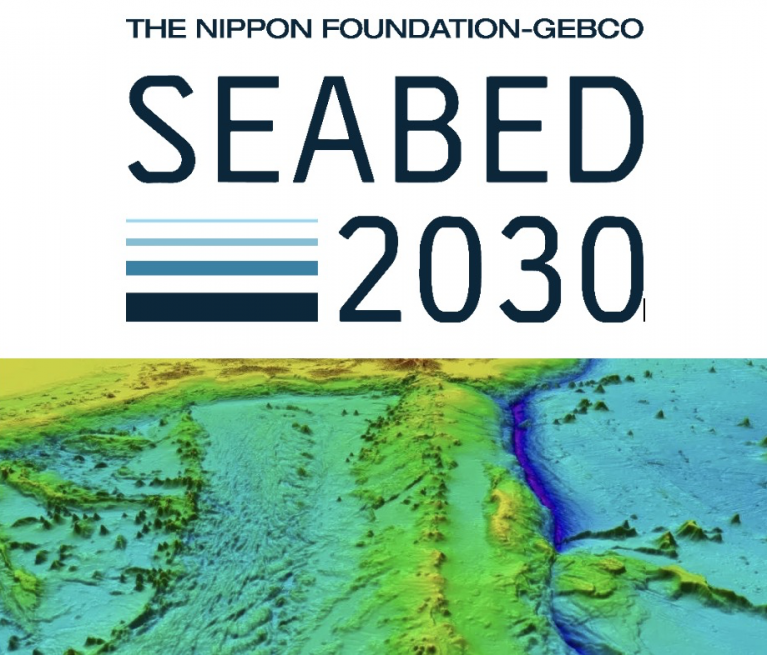Fareham UK: Raymarine, a global leader in high-performance marine electronics, recently entered a strategic collaboration with The Nippon Foundation-GEBCO Seabed 2030 Project – an ambitious global initiative to inspire 100% of the world’s ocean floor mapped by the year 2030. Raymarine and Seabed 2030 announced the collaboration at the recent Ocean Floor Explore symposium hosted by Map the Gaps and COAST. Ocean Floor Explore brings together industry, technology and philanthropy to promote cross sector collaboration to overcome the obstacles of deep ocean discovery.
Launched in 2017, Seabed 2030 is a collaborative effort between The Nippon Foundation and GEBCO (General Bathymetric Chart of the Oceans), and is an officially endorsed program of the United Nations Decade of Ocean Science for Sustainable Development. The project aims to compile all available bathymetric data into a freely accessible map of the global seafloor, supporting marine conservation, climate modeling, tsunami forecasting, and sustainable ocean resource management.
As part of this collaboration, Raymarine is contributing a unique dataset of crowdsourced bathymetric recordings collected from thousands of vessels equipped with Raymarine sonar systems. This data, gathered from real-world usage across the globe, will enhance the resolution and coverage of existing seafloor maps, particularly in under-surveyed coastal and offshore regions.
“We’re proud to support Seabed 2030 in its mission to accelerate the complete mapping of the world’s oceans,” said Grégoire Outters, General Manager at Raymarine. “This collaboration reflects our commitment to safer navigation, better science, and a more sustainable future for the maritime industry.”
“Raymarine’s contribution of crowdsourced bathymetric data is a powerful example of how industry can accelerate our understanding of the ocean floor,” said Jamie McMichael-Phillips, Director of the Seabed 2030 Project. “We welcome their support and look forward to the impact this data will have on our global mapping efforts.”
The Nippon Foundation, a private philanthropic organization based in Tokyo, has been the principal funder of GEBCO’s capacity-building and mapping initiatives for over two decades. Through its support of Seabed 2030 and the GEBCO-Nippon Foundation Training Program at the University of New Hampshire, it has helped train over 100 ocean mappers from more than 45 countries.
To date, only 27.3% of the world’s seafloor has been mapped to modern standards. Seabed 2030 aims to close this gap by 2030 through international collaboration, open data sharing, and innovative partnerships like this one.
For more information on the Seabed 2030 project, visit www.seabed2030.org. For more information on Raymarine and its full line of marine products, visit www.raymarine.com.
– 30 –
About Raymarine:
Raymarine designs and produces high-performance marine electronics for mariners who want to eliminate doubt and make the most of their experience and time on the water – whether it’s for work or play. With a legacy of marine navigation technology spanning over 80 years, Raymarine products are renowned today for their rugged design, proven performance and unmatched reliability. Our best-in-class sensors and intelligent navigation systems reflect our commitment to giving mariners the freedom to experience the ocean with confidence. Our range of marine electronics is available through a global network of dealers and distributors. For more information, visit www.raymarine.com.
About the Nippon Foundation
The Nippon Foundation-GEBCO Seabed 2030 Project is a collaborative project between The Nippon Foundation and GEBCO. The Seabed 2030 Project, launched at the United Nations Ocean Conference in 2017 by Chairman Sasakawa of The Nippon Foundation, coordinates and oversees the sourcing and compilation of bathymetric data from different parts of the world’s ocean through its five centres into the freely-available GEBCO Grid. Four Regional Centres cover the Southern Ocean, the Arctic and North Pacific Ocean, the Atlantic and Indian Oceans, and the Pacific Ocean. These feed data products into the Global Data Centre. The IHO Data Center for Digital Bathymetry (DCDB) serves as the long-term archive for Seabed 2030.


